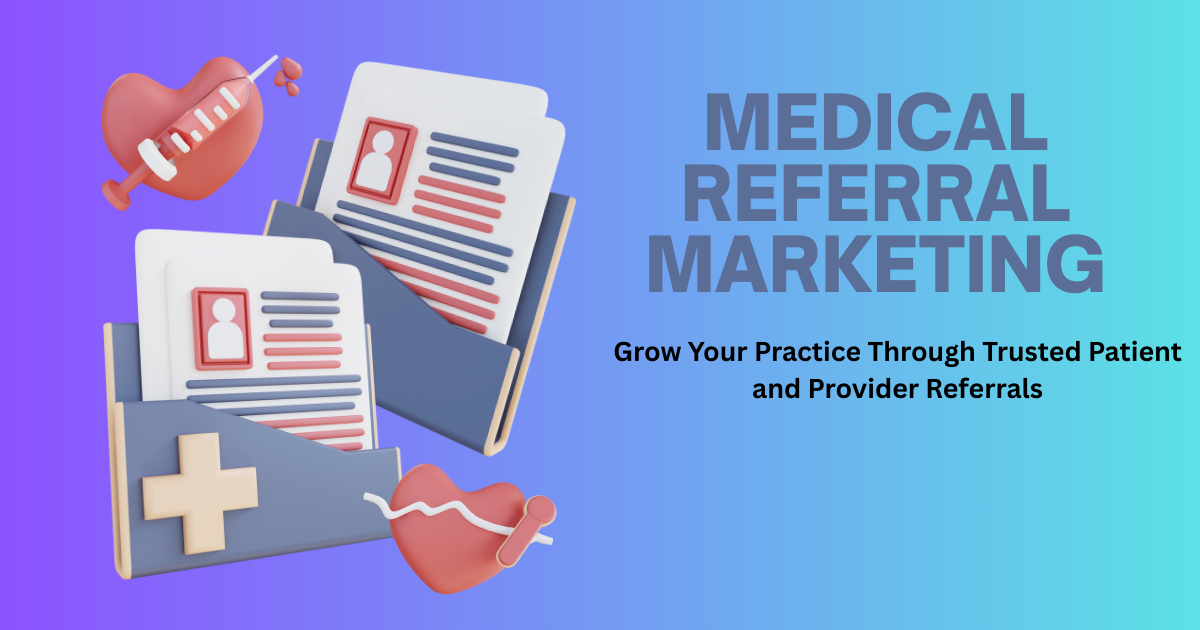Writing a referral message sounds easy — until you try it.
You want something short, clear, and convincing. But not pushy. You want to sound friendly, not like a salesperson. You want people to actually read it — and act on it.
This is where many businesses get stuck. The message either feels cold, confusing, or too long. If you’re wondering how to write a referral marketing message that actually works, you’re in the right place.
Understand What a Referral Message Is
It’s more than a link
A referral message isn’t just, “Hey, use my link!” It’s a small conversation starter. Something that feels personal and helpful.
Think of it as the digital version of a friend saying,
“Hey, I tried this and thought of you.”
That’s the tone you’re aiming for. Casual. Useful. Friendly. Not a sales pitch.
Who’s Writing the Message?
User-generated vs brand-crafted
There are two ways to approach referral messages:
-
User-written: The referrer writes the message in their own words
-
Brand-provided: You write a template they can copy, edit, or send directly
Most referral programs use the second option. Why? Because not everyone knows how to say it. Giving them a ready-made message makes it easier to share.
But that message has to sound human. Not like it came from the marketing team.
What Makes a Referral Message Work?
Let’s break it into key ingredients.
1. Start with a natural tone
Forget marketing language. Use the way people speak in real life.
Example:
“Just signed up for this — really liking it so far.”
Simple. No fancy words. Just honest.
2. Mention the benefit
Why should the person care? Is there a discount? A free trial? Early access?
Example:
“You’ll get 20% off if you use my link.”
That gives them a reason to act.
3. Keep it short
Long messages rarely get read. Stick to one or two sentences. That’s it.
Where the Message Appears Matters
Context is everything
The same message doesn’t work everywhere. You might need different versions for:
-
Text message or WhatsApp
-
Email
-
Social media (Instagram, Facebook)
-
In-app notifications
Each platform has a different vibe. For example:
Text Message Example:
“Hey! Just found this tool — you get a free trial if you sign up with my link: [link]”
Instagram Story Example:
“Loving this app! Tap my link to get $10 free → [link]”
Each one feels natural in that space. Don’t copy and paste the same script everywhere.
Let the Referrer Personalize It
Default is fine — but editable is better
Always give users a chance to edit the message before sending. The more personal it feels, the more likely their friend will trust it.
A message like:
“Hey Sam, I thought you might like this…”
…works way better than a generic:
“You have been invited to try our service.”
Let users make it theirs.
Don’t Forget to Include the Link
Sounds obvious — but gets missed
Sometimes brands forget the simplest thing: the actual referral link. Don’t just say “Invite your friends” and expect results. Always include a trackable link that makes it easy to click and claim the reward.
Bonus tip: shorten long URLs or use branded links (like yourbrand.com/refer) to make them look clean.
Real Referral Message Examples
Here are a few high-converting, human-style messages for different use cases:
Example 1 – App Referral
“Just tried this app — super useful. Use my link and we both get $10: [link]”
Example 2 – Product Recommendation
“Hey! I think you’ll love this — I’ve been using it for a week. Try it out with my code: [link]”
Example 3 – Email Version
Subject: Thought you’d like this
Body:
“Quick share — I signed up for [brand name] and it’s been great so far. You can get a discount if you join with my link: [link]”
These feel like a real person sent them. That’s the goal.
Timing Makes a Difference
When to prompt users to share
Even the best message won’t work if you ask at the wrong time. Ideal referral moments are:
-
Right after a positive experience
-
After a purchase
-
After a positive review or rating
-
After solving a support issue successfully
If someone’s feeling happy, that’s the moment to ask.
Final Tip: Test Different Variations
There’s no “perfect” message — just better ones
Try out different styles. Some people prefer emojis. Others like plain text. Some respond to rewards, others to emotional tone.
Track which messages get clicks. Which get conversions. Then optimize.
Final Thoughts
If you’re still wondering how to write a referral marketing message that works — remember this:
Keep it simple. Keep it personal. Keep it real.
Nobody shares a message that sounds like it came from a corporate email blast. But they will share something that sounds like them — especially if it offers value.
So write like a friend. Offer something worthwhile. And make it easy to share.
That’s how real referral growth begins. Before crafting your message, it helps to understand whether referral marketing fits better as an outbound or inbound strategy.









